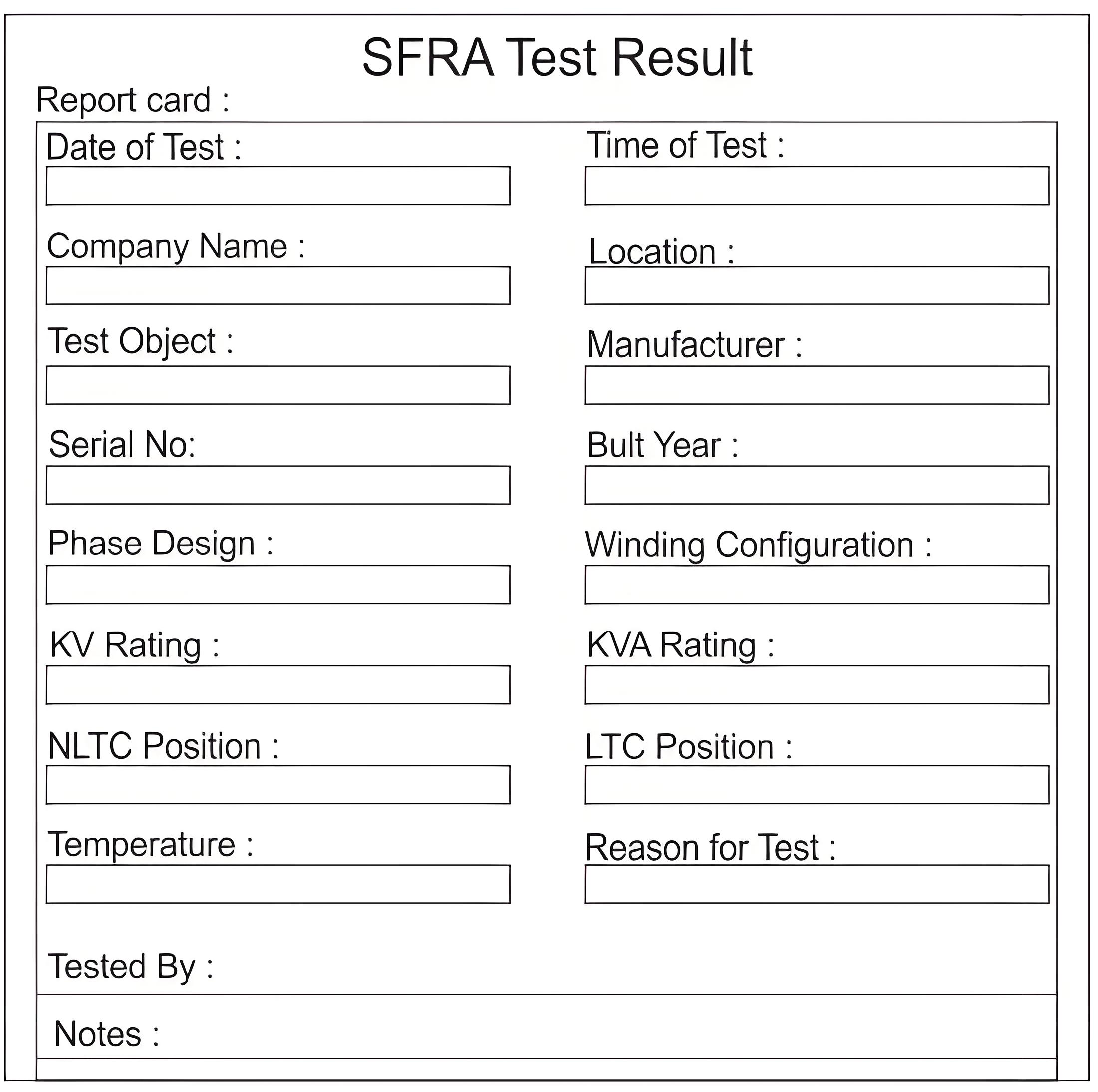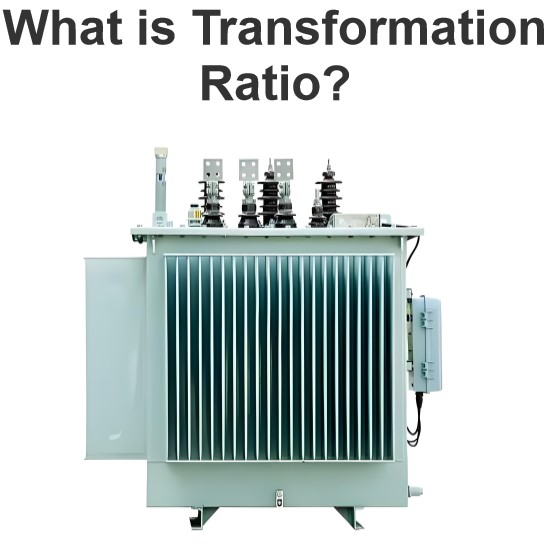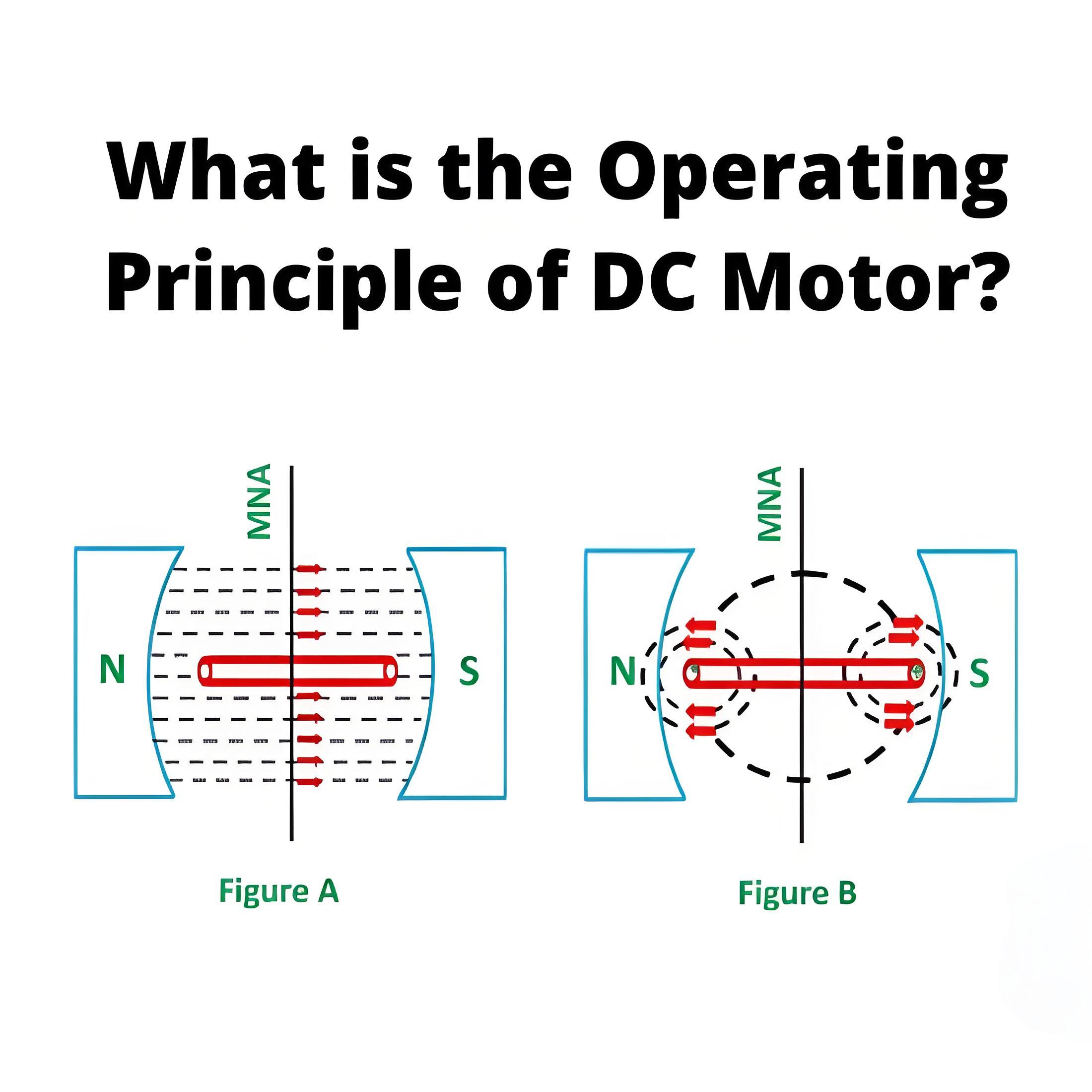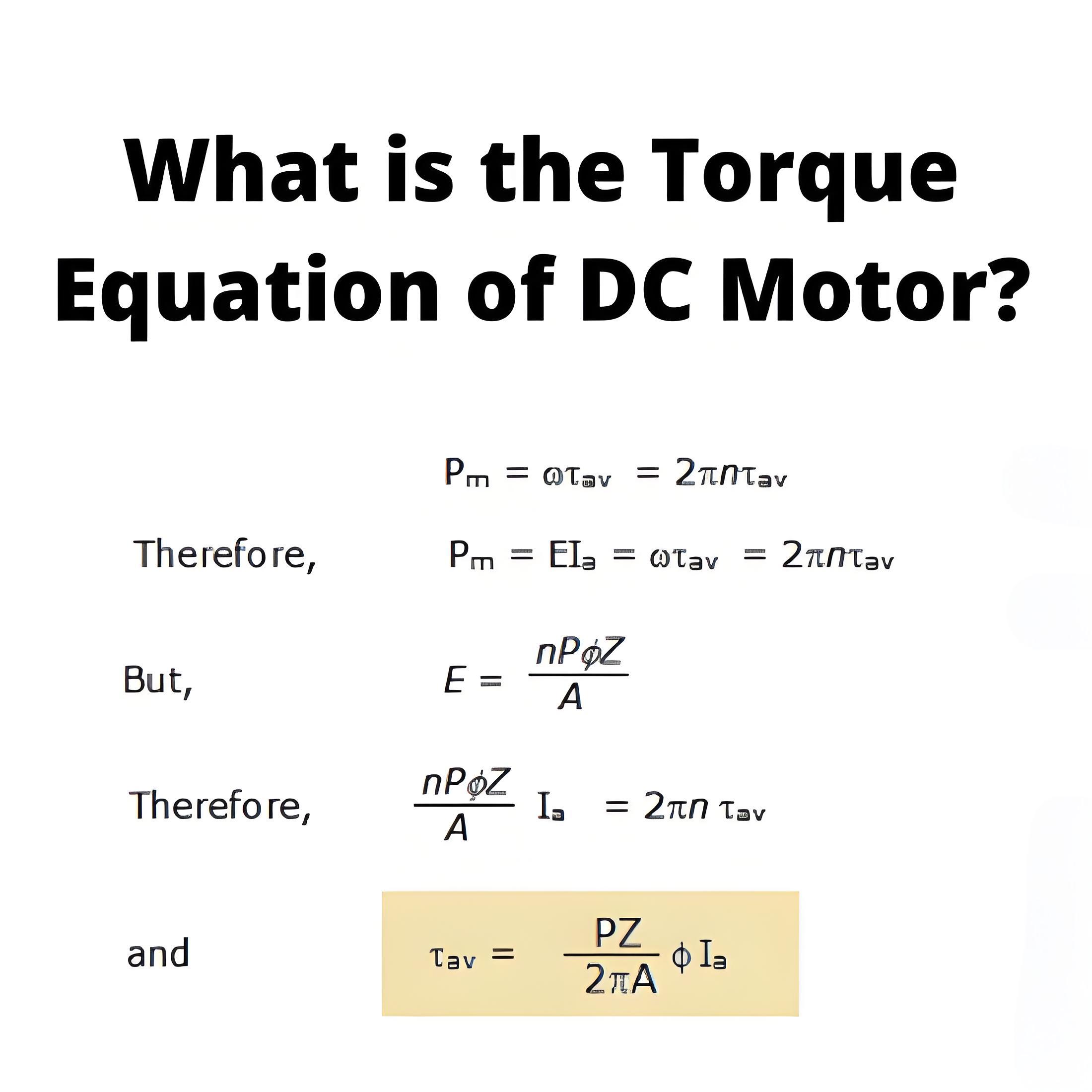What is Sweep Frequency Response Analysis Test ?
What is Sweep Frequency Response Analysis Test ?
SFRA Test Definition
SFRA test of transformer is a method used to assess the condition of transformer windings by analyzing their frequency response to electrical inputs.
Purpose of SFRA testing
Assessing the mechanical integrity of windings: Detecting whether the windings are displacements, deforms or short circuits.
Monitoring the health of the transformer: Changes in the condition of the transformer windings can be tracked by comparing historical data.
Anticipate potential failures: Detect possible failures early so that preventive measures can be taken.
Principles of SFRA testing
Excitation signal: A wide-band sweep signal (usually from a few hundred Hertz to several megahertz) is applied to the transformer winding.
Response signal: The output signal of the winding is measured and its amplitude and phase response is recorded.
Data analysis: The state of the winding is analyzed by comparing the frequency response curves of the winding at different frequencies.
Test procedure
Preparation stage:
Disconnect the power supply to the transformer and ensure that it is fully discharged.
Connect the SFRA tester to the primary or secondary side of the transformer.
Excitation signal application:
A wide band sweep signal is applied to the winding using the tester.
Signals usually start at low frequencies and gradually increase to high frequencies.
Collection of response signal:
The tester will automatically record the output signal of the winding and obtain its amplitude and phase information.
Each winding is usually tested separately and at a different voltage tap position.
Data analysis:
The collected data is compared to raw or historical data.
Changes in the frequency response curve are analyzed to identify signs of winding deformation or displacement.
Data analysis index
Amplitude change: If the amplitude changes significantly at a particular frequency, it may indicate the presence of winding deformation or displacement.
Phase change: A sudden change in phase may also indicate a change in the winding structure.
Spectrogram: Anomalies can be identified by comparing spectrograms between different tests.
Matters needing attention
Test environment: Ensure that the test environment is dry and free of interference to obtain accurate test results.
Reference data: Benchmarking data is required for effective comparison.
Safety: All safety regulations should be observed during testing, especially when high voltage equipment is involved.
Example Data Sheet for SFRA Test Result

Conclusion
SFRA testing is a very effective tool that can help maintenance engineers assess the health of transformer windings, detect potential problems in time, and take appropriate measures to prevent major failures.
Welcome to our electricity community! Established to facilitate the exchange and cooperation in the electricity industry and bridge professionals, enthusiasts, and related enterprises.





